Diaminofluorescein-2 diacetate (DAF-2 DA) is a fluorescent probe to detect intracellular nitrogen oxide (NO). This compound is cell permeable since it is diacetylated. It is hydrolyzed to form cell impermeable DAF-2 which retains inside the cells to detect intracellular NO.
It is difficult to measure the intracellular reaction kinetics directly, and there is no data. Preliminary experiment using homogenates from brain tissue showed that DAF-2 DA was converted within 10 minites.


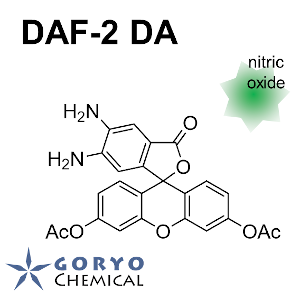


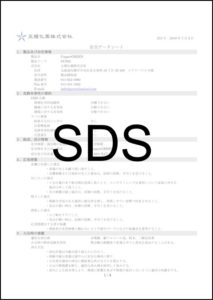

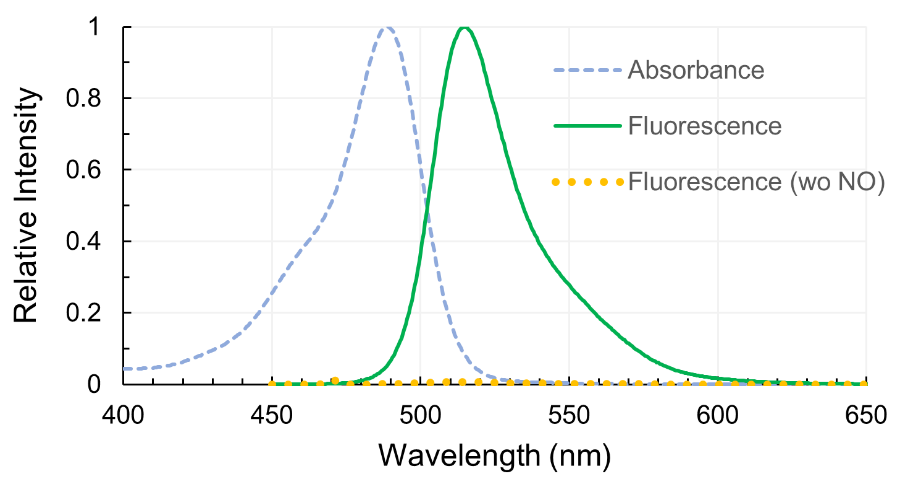
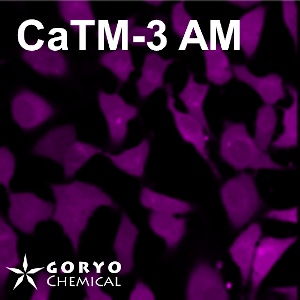
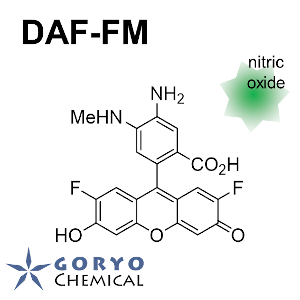
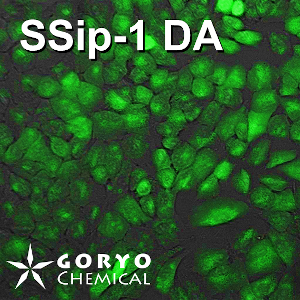
 Contact Us
Contact Us
